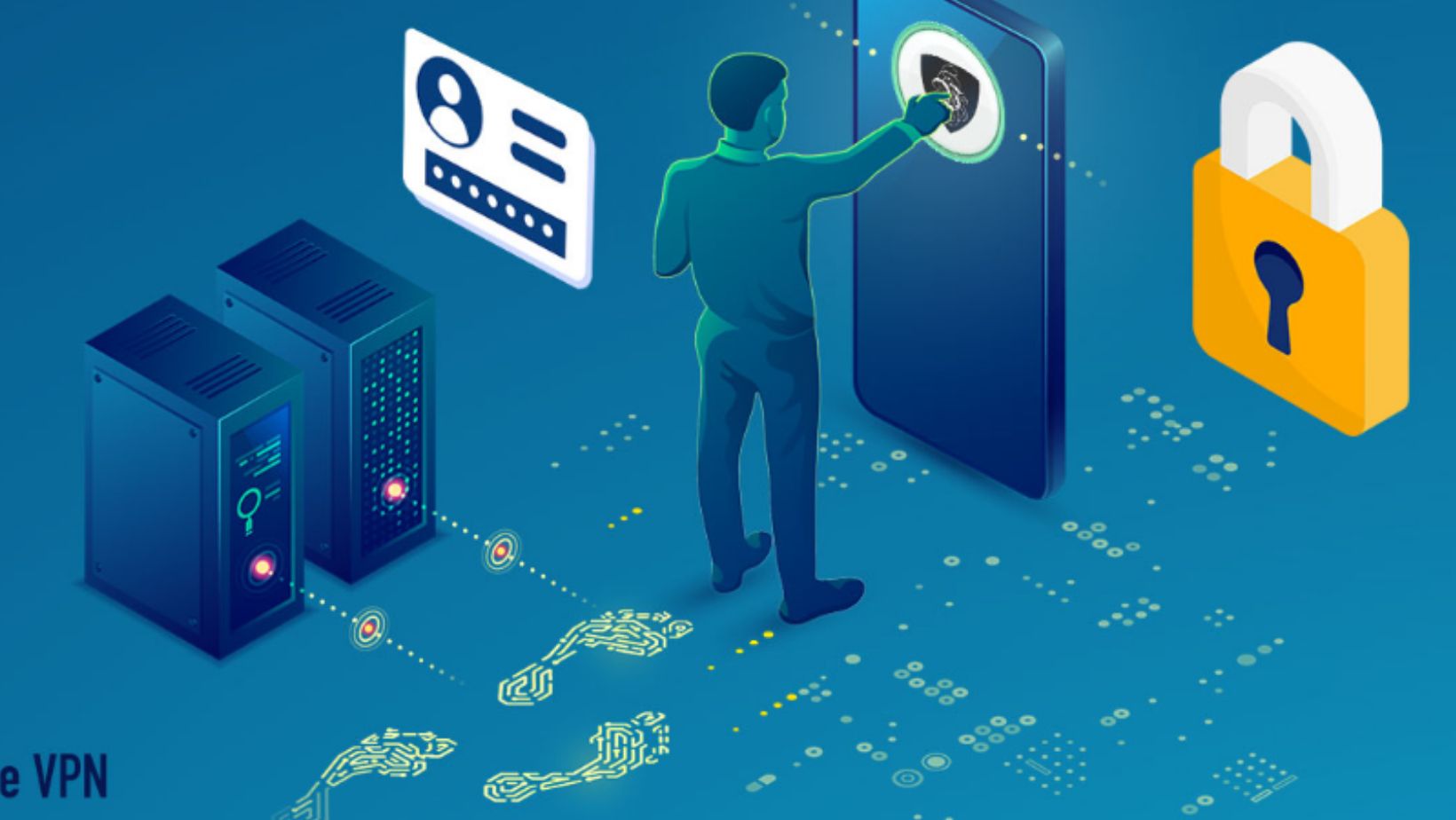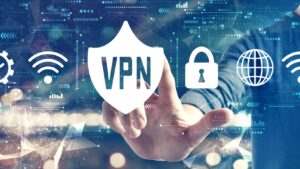Everyday Safety for Your Digital Footprint

Our phones are always connecting to places we don’t know about, whether we’re in a coffee shop checking our emails, on the road sharing pictures, or just watching TV on the couch. So easy to do, but it also means that our information, the sites we visit, and sometimes even our real names are out there for everyone to see. As someone who spends everyday hours working deep in the world of network privacy and digital protection, I can say that adding one smart layer of defence can change how you feel about browsing. It’s not about being scared; it’s about being sensible.
This is why the idea of a free privacy tunnel that is simple to set up is so popular. One example I often recommend is VPNLY—a service offering a free option that encrypts your connection and masks your device’s address when you go online. With VPNLY enabled, your device acts as though it’s operating behind a shield: your traffic goes through a protected link instead of being exposed out in the wild. For everyday use—say checking family bank accounts, reading social posts or booking travel—it’s a savvy upgrade from doing nothing.
Why The Ordinary Network Is Riskier Than You Think
When you connect to a “free WiFi” at a hotel, café or even in a lounge, you might think nothing of it—but from a security viewpoint, you’re on a shared network with unknown companions. A malicious actor on that same network could intercept unencrypted traffic, follow your device’s address, and even redirect you to bogus login pages. A privacy tunnel changes the rules: you’re no longer simply “just connected,” you’re “connected through a secure path.” That means fewer easy ways for snoops to see what you’re doing. For families, remote workers or travellers managing multiple devices, this is a low-hassle way to reduce risk without becoming a full-time IT specialist.
What Free Privacy Tunnels Do—and What They Don’t
Let’s get realistic: free versions of privacy tools like the one offered by VPNLY can be a good move—but they aren’t miracle cures. In my experience, here’s how to evaluate one:
- Tunnel protocols and robust encryption (such as AES-256) are essential for optimal shield performance.
- Data and speed caps: Free plans typically have data caps or slowdowns when you use a lot of data.
- How to choose a server and where it can be found: If you can’t move places as often or your connections may be slower if you have fewer server options.
- Rules about logging and privacy: The service company should make it clear what information they don’t keep, like your browsing data. Making vague claims is a red flag.
- Switch-off fallback protection: If your shield drops (for example, the secure link interrupts), does the service cut off internet access to avoid leaking? Free versions sometimes skip this.

For typical everyday surfing—email, streaming, social media—activating a free tunnel via VPN adds a meaningful layer of defence. But if you handle sensitive business, large-scale file sharing or require ultra-high speeds, you should still be aware of the trade-offs.
Integrating Privacy Into Real Life
On a site like this one, where lifestyle, travel, family and digital habits all intersect, a free privacy tunnel makes sense as a smart tech tip—not just for IT pros. In an airport bar before your flight, you could work on your laptop, or in the hotel hallway while you pack for a trip, your kids could share a tablet. Allowing the free tunnel first makes sure that you aren’t just presuming “everything is safe,” but are instead actively deciding to make it safer. It doesn’t have to be a full-blown security stack—it’s simply choosing one smart upgrade that fits your pace of life.
Final Word from a Privacy Pro
If you’re going to make one preventive decision this year, it might be this: pick a reliable free privacy tunnel, turn it on before you connect to unknown networks, and treat it as part of your digital standard equipment. I’ve seen too many people skip it, then regret it later—when they discover someone watched their session, intercepted logins, or simply accessed information they didn’t want shared. Using a tool like VPN gives you a practical, low-friction way to raise your baseline of protection. And yes—it will work on a variety of devices, whether you’re using Android or OSX.


